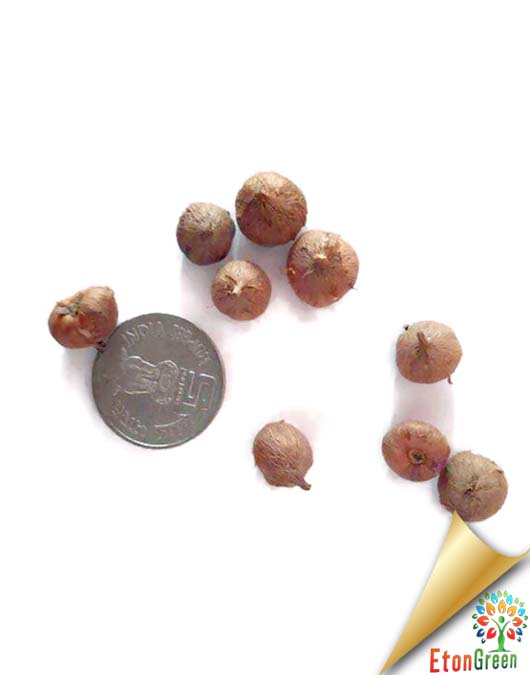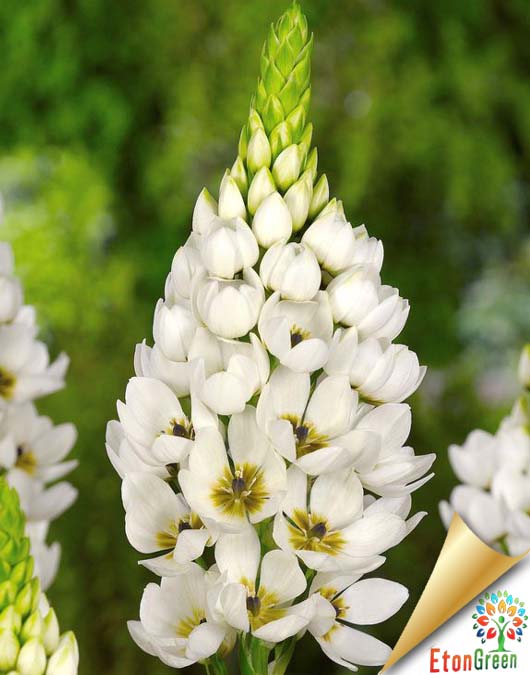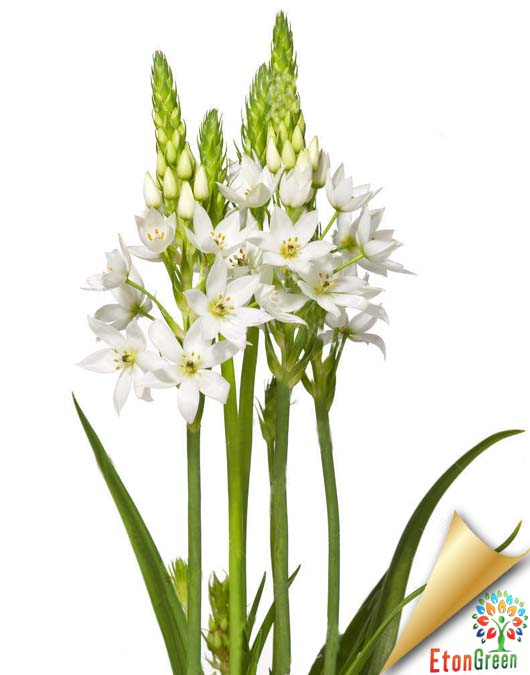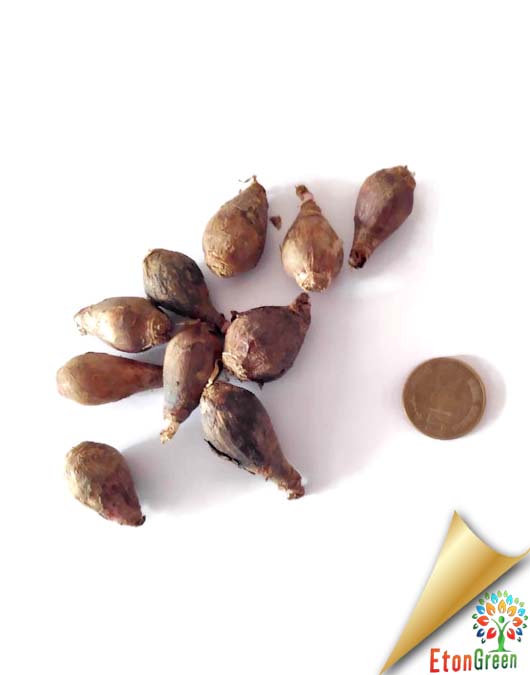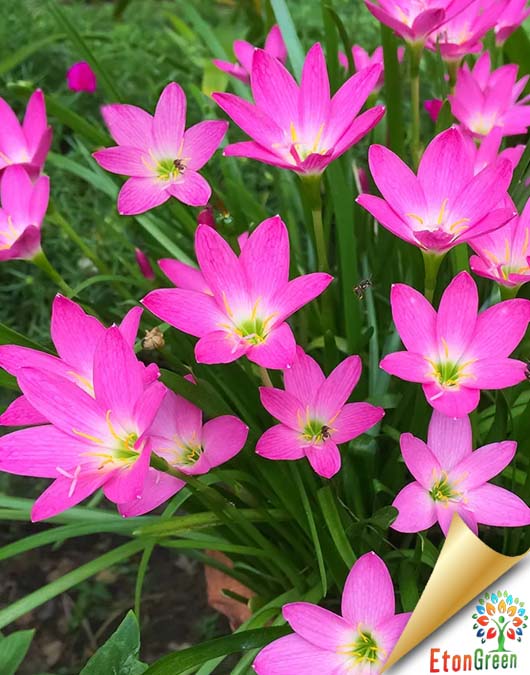- Shipping charge ₹ 90 for entire order
- Common name: Star-of-Bethlehem, Chincherinchee, Snake Flower, Prussian Asparagus.
- Bloom time: The Ornithogalum thyrsoides flowers from October to February, providing lasting blooms that grace gardens and landscapes with their pristine blooms during the hottest months.
Height: 4 to 24 inches (10—60 cm).
Difficulty level: Medium - Planting & Care
Full sunlight through to full shade. Good drainage. Rich soil. In the early spring supply a top dressing of manure. Provide frequent feeds with weak fertilizer. Divide frequently to maintain vigor. Deadhead before seed-set to prevent spreading.
- Shipping charge ₹ 90 for Entire order.
- Sparaxis Flower bulbs Also known as wandflower or harlequin flower, these colorful members of the iris family have open star-shaped white, orange, lavender, yellow or pink flowers often centered with contrasting symmetrical patterns.
- Sparaxis Flower bulbs Common name: Harlequin, Wand flower, Sparaxis
- Color: Pink, yellow, Red, Purple
- Height: Sparaxis flowers grow an average height of about 10 inches high. The total plant height is 12 to 18 inches.
- Difficulty level: Easy
- Planting & Care
Use them as an accent in mixed beds and borders, rock gardens and containers. - Sunlight: They need full sun to grow and flower.
- Soil: The soil should be kept continually moist, especially after planting.
- Water: Water the bulbs immediately, and cover the area with a layer of mulch. Water garden plants as needed, especially during the first six weeks after planting.
- Fertilizer: Apply any organic fertilizer once in 2 months
- Care:
- Little Sparaxis plant care is necessary with these flowers.
- In wet summer gardens, the corms are best lifted and stored but in well-drained areas, they can be left in the ground.
- Some species of the genus are not cold hardy.
- So if you live in colder regions, dig up the corms and store them before the first frost.
- The corms multiply rapidly if well watered throughout the growing season.
- Seeds can be sown in autumn and will flower the second spring or the offsets can be divided during dormancy and replanted.
- Shipping charge ₹ 90 for entire order
- Rain lily Leaves are a deep glossy green and measure 3 mm wide. Flowers, which at first resemble a new leaf, but emerge from their papery sheaves to a stunning whiteness; they are erect in perianth.
- Zephyranthes can be deciduous or evergreen bulbous perennials, with linear leaves and funnel-shaped or crocus-like flowers in spring, summer or autumn.
- Plant zephyranthes bulbs in a place that receive full sun
- Dig holes and plant the bulbs 1-2 inch deep and 6 inch apart
- Sow bulbs into a hole made with your finger or the end of a stick
- Poke, drop, cover
- After planting, water well, gently soaking the soil and settling it around the bulbs
- Germination will begin in 10 to 15 days
- Rain lilies are happiest with little moisture during spring and summer, with a bit more water late in the season to trigger flowering
- Plant the bulbs immediately and do not store for long time
- Its star shape attractive flowers increase the beauty of any empty space.
- The star shape flowers are mostly used for ornamental purpose in garden, balcony, terrace, etc.
- Shipping charge ₹ 90 for entire order
- This versatile plant can be used in mass plantings, in rock gardens, as a container plant or partially submerged in the water garden.
- Rain lily Leaves are a deep glossy green and measure 3 mm wide. Flowers, which at first resemble a new leaf, but emerge from their papery sheaves to a stunning whiteness; they are erect in perianth.
- Dig holes and plant the bulbs 1-2 inch deep and 6 inch apart
- Sow bulbs into a hole made with your finger or the end of a stick
- Poke, drop, cover
- After planting, water well, gently soaking the soil and settling it around the bulbs
- Germination will begin in 10 to 15 days
- Rain lilies are happiest with little moisture during spring and summer, with a bit more water late in the season to trigger flowering
- Plant the bulbs immediately and do not store for long time
- Its star shape attractive flowers increase the beauty of any empty space.
- The star shape flowers are mostly used for ornamental purpose in garden, balcony, terrace, etc.


